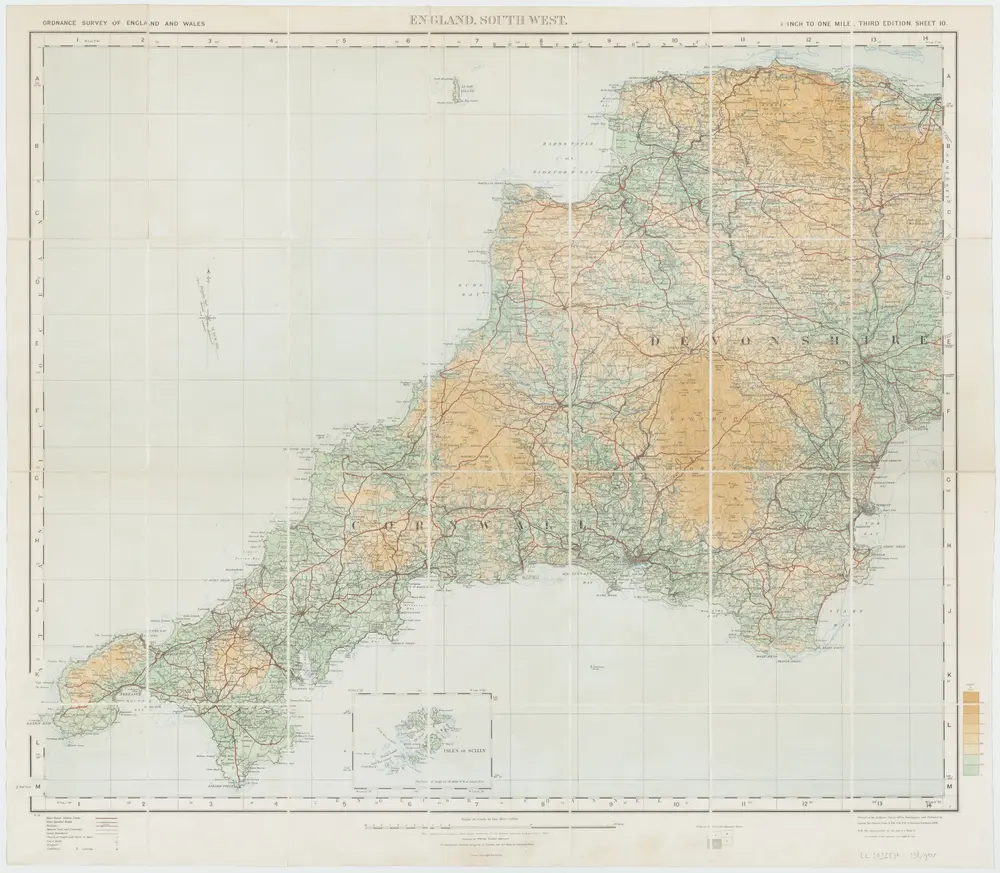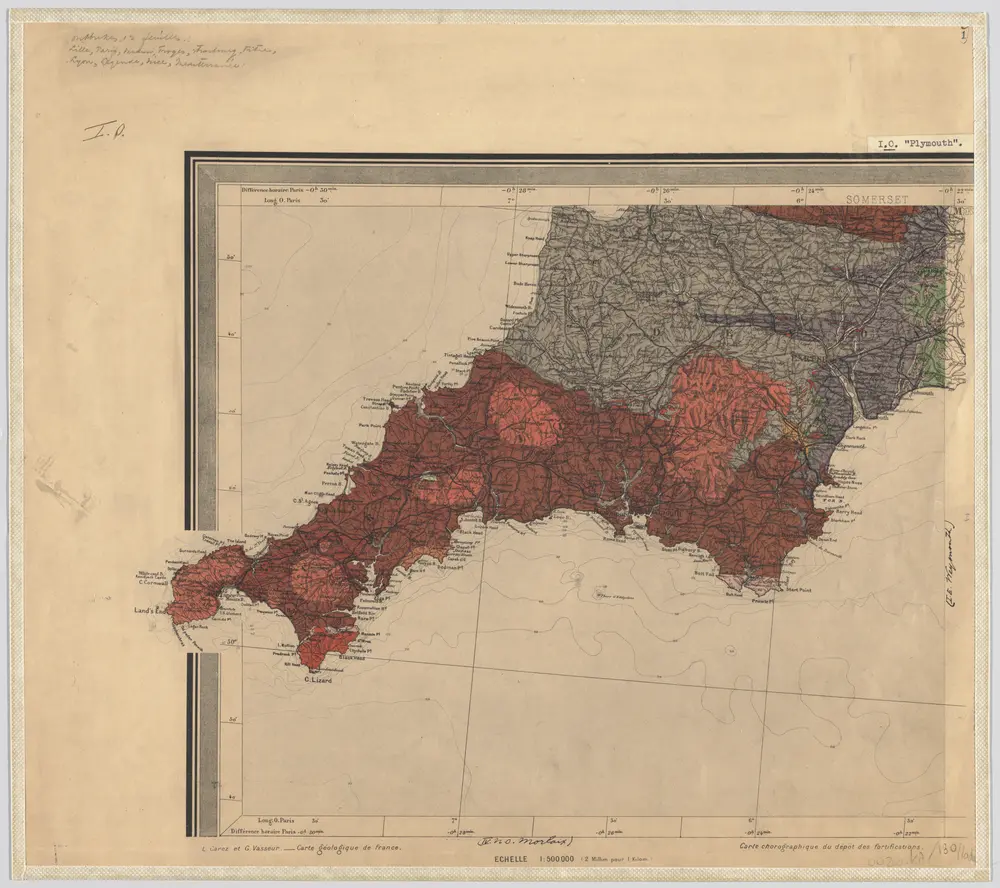Mappa catalogata
A new improved map of Cornwall
Titolo completo:A new improved map of Cornwall
Anno di illustrazione:1750
Editore:printed for J. Hinton at the Kings Arms in St. Pauls Church Yard
Dimensione fisica:20 x 30 cm
Cornwall, Sheet 37 - Bartholomew's "Half Inch to the Mile Maps" of England & Wales
1903
Bartholomew, John George
1:127k
Cornvbia sive Cornwallia
1646
Blaeu
n/a
1742
A new improved map of Cornwall
1750
Kitchin; Hinton

Newquay and Padstow - OS One-Inch Map
1958
Ordnance Survey
1:63k

Bodmin and Launceston - OS One-Inch Map
1958
Ordnance Survey
1:63k

Sheet 10 England, South West, uit: Maps of England & Wales : scale 4 miles to 1 inch / Ordnance Survey
1919
Ordnance Survey, United Kingdom
1:253k

Speculum nauticum super navigatione maris Occidentalis confectum, continens omnes oras maritimas Galliae, Hispaniae et praecipuarum partium Angliae, in diuersis mappis maritimis comprehensum una cum usu et interpretatione carundem, accurata diligentia concinnatum, et elaboratum., mapa ze strany: [113]
1583
Waghenaer Lucas Janszoon

Truro and Falmouth - OS One-Inch Map
1960
Ordnance Survey
1:63k

1) I.O. ''Plymouth'', uit: Carte géologique de France
1885
[S.l : s.n.]
1:500k



